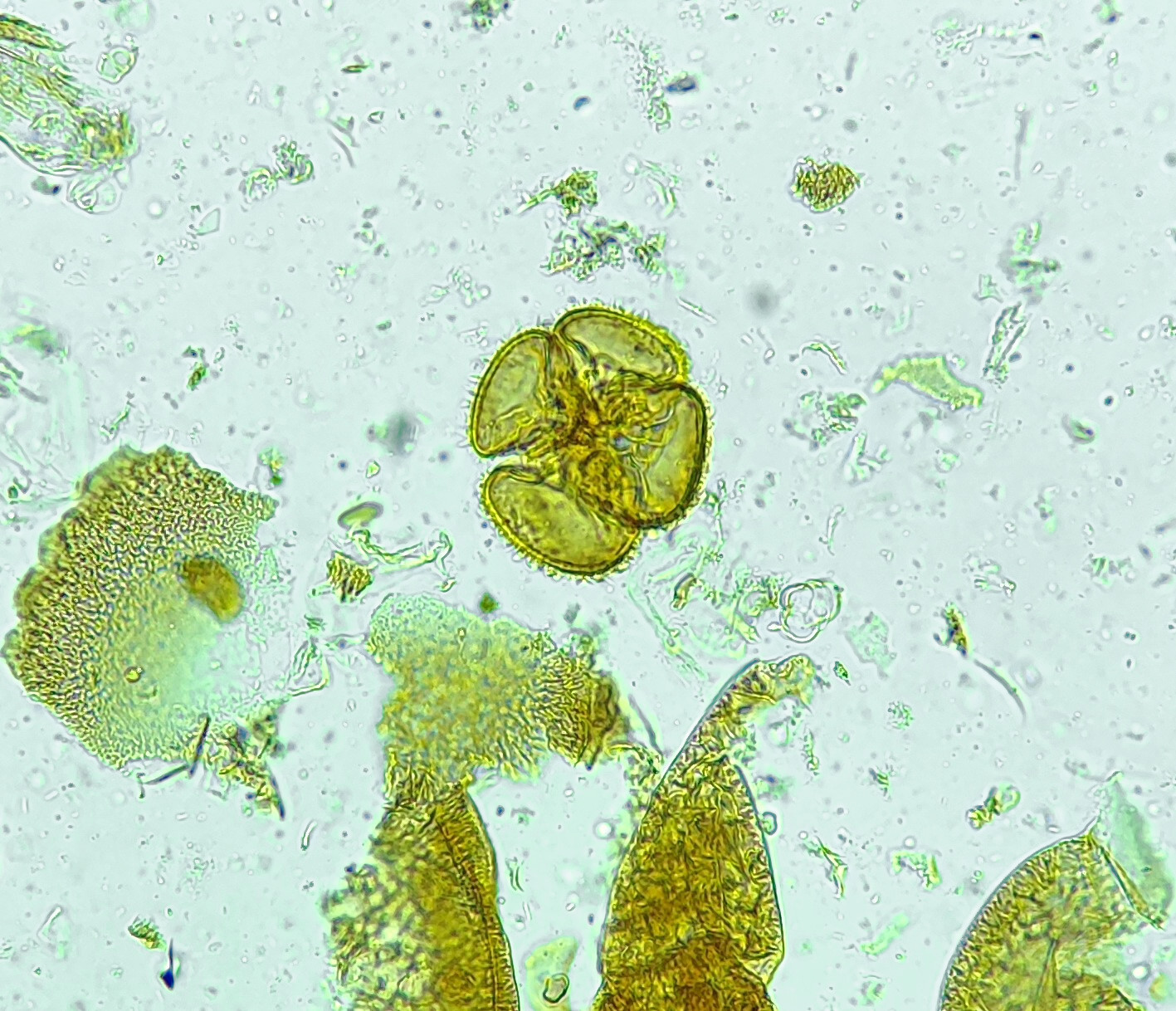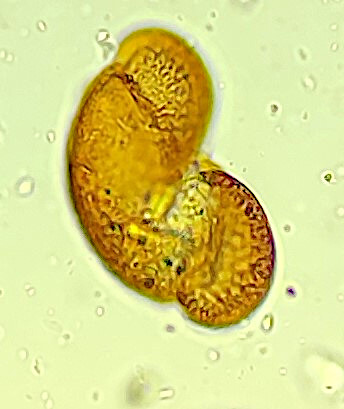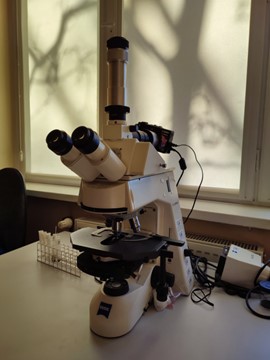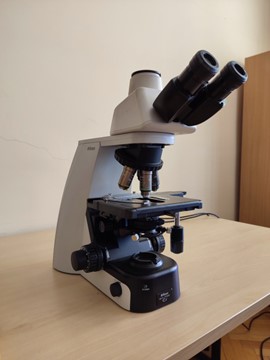
Paleobotany Laboratory
Head of the Laboratory: Dr. hab. Małgorzata Malkiewicz
e-mail: malgorzata.malkiewicz/at/uwr.edu.pl
Paleobotany Laboratory
Institute of Geological Sciences of the University of Wrocław
ul. Cybulskiego 34, 50-205 Wrocław
tel. 71 375 95 28
The laboratory is staffed by two employees:
- Dr. hab. Małgorzata Malkiewicz (head)
- Dorota Iwanuś, MA (technical employee)
Description of activities
The Paleobotany Laboratory team conducts research using palynological methods, mainly focusing on paleoecology, paleogeography, and palynostratigraphy. The research topics include sediment dating and paleoenvironmental reconstructions based on the pollen analysis of fossil organogenic sediments from various sections of the Pleistocene and Holocene. An important direction of research conducted in the laboratory is the study of the Neopleistocene history of climate and vegetation changes in western Poland, and the study of Late Vistulian and Holocene biogenic sediments to reconstruct vegetation transformations over the last 13,000 years and its changes due to prehistoric agriculture. Research in an aeropalynological approach concerns the continuation of the monitoring of allergenic plant pollen concentrations in the Wrocław atmosphere since 2002, in the context of both the analysis of pollen season variability and the spatial differentiation analysis of selected taxa pollen.
Other research topics carried out in the Laboratory:
- interglacial migration of trees and shrubs,
- stadial/interstadial pollen successions of the Vistulian,
- palynological studies of podzolic and fossil soils,
- palynological studies of fossil organic layers at archaeological sites,
- research on spatial bioaerosol modeling to create tools for forecasting concentrations of selected trees in Poland.

As part of expert activities, it is possible in the Paleobotany Laboratory to carry out expert assessments and detailed palynological studies of Quaternary lacustrine and peat deposits, as well as fossil soils, to determine their stratigraphy and reconstruct the environment.
Research projects carried out in the Paleobotany Laboratory since 2015:
| NCN Sonatina 4 No. 2020/36/C/HS3/00080 | Geoarcheologia gleb kopalnych. Transformacje gleb w strefie lessowej na Śląsku jako wyznaczniki użytkowania terenu w pradziejach [Geoarchaeology of fossil soils. Soil transformations in the loess zone in Silesia as indicators of prehistoric land use]. | Project carried out by: Małgorzata Malkiewicz |
| NCN Opus 13 No. 2017/25/B/ST10/00926 | Czasowa i przestrzenna zmienność stężeń pyłku drzew [Temporal and spatial variability of tree pollen concentrations]. | Project carried out by: Małgorzata Malkiewicz |
| NPRH 2aH 15 0283 83 (2016-2019) | Rozwój gospodarki na obszarach górskich we wczesnym średniowieczu w Sudetach na tle środkowoeuropejskim [Development of economy in mountainous areas in the early Middle Ages in the Sudetes against a Central European background]. | Project carried out by: Małgorzata Malkiewicz |
| N N 304 352238 2015 | Eemian history of Polish vegetation based on isopollen maps. | Project carried out by: Małgorzata Malkiewicz |
Equipment of the Laboratory
Both microscopes are used for qualitative-quantitative analysis of sporopollenin material. They are equipped with lenses with magnifications of 10x, 20x, 40x, and 60x. Additionally, the Zeiss Axioskop 2 microscope is equipped with a Canon G5 camera, allowing for documentation of identified sporomorphs.
Selected didactic subjects taught by the staff of the Paleobotany Laboratory at the Institute:
- Basics of Paleobotany,
- Cenozoic Geology (paleopalynological block),
- Cenozoic Geology – selected topics (paleopalynological block),
- Quaternary Geology and Geomorphology (paleopalynological block),
- Bioarchaeology (paleobotanical block),
- Applied Palynology,
- Biological air pollutants.


